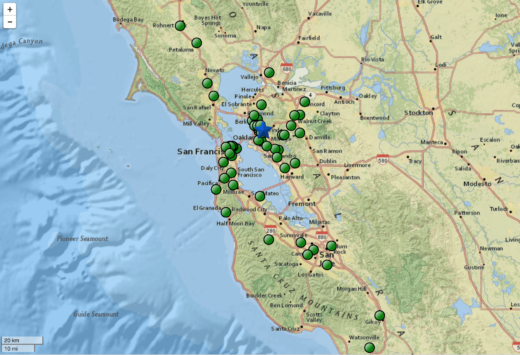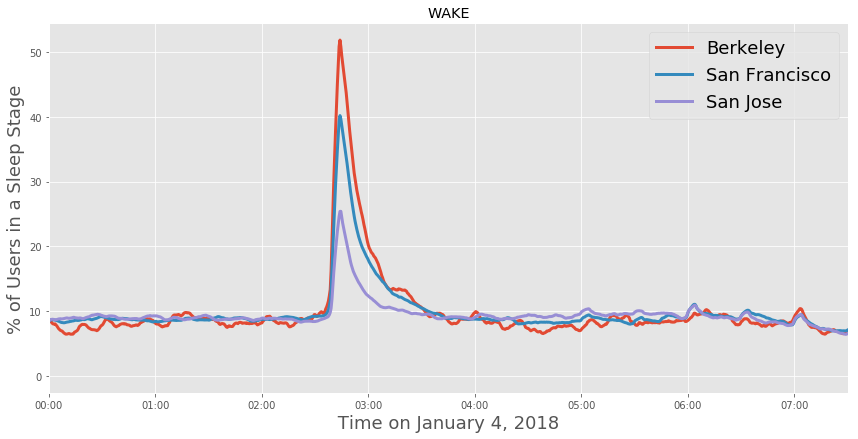Some of the most useful new research on earthquakes might be coming from -- well, you, via your smartphone and wearable activity tracker.
As a magnitude 4.4 quake jolted people out of their beds around the Bay Area last week, some of those folks had smartphones that were already at work sending data to scientists via the MyShake app developed at the UC Berkeley Seismological Lab.
According to Richard Allen, who heads the lab, instantaneous data came in from 59 phones armed with the app, which uses built-in motion sensors to detect the strength of the shaking and transmit the data to scientists. They can use that data to produce useful maps of the temblor's reach and impact. The app responds so quickly to a quake's first vibrations, that at some point in the next few years, plans are to make it part of a phone-based warning system that can alert users to quakes seconds before the shaking starts where they are.
Allen was impressed that readings came in from phones farther than 60 miles from the epicenter.
"The data is really clean for this event," wrote Allen in an email, "which encourages us that we can use this for research purposes, and eventually earthquake early warning."


